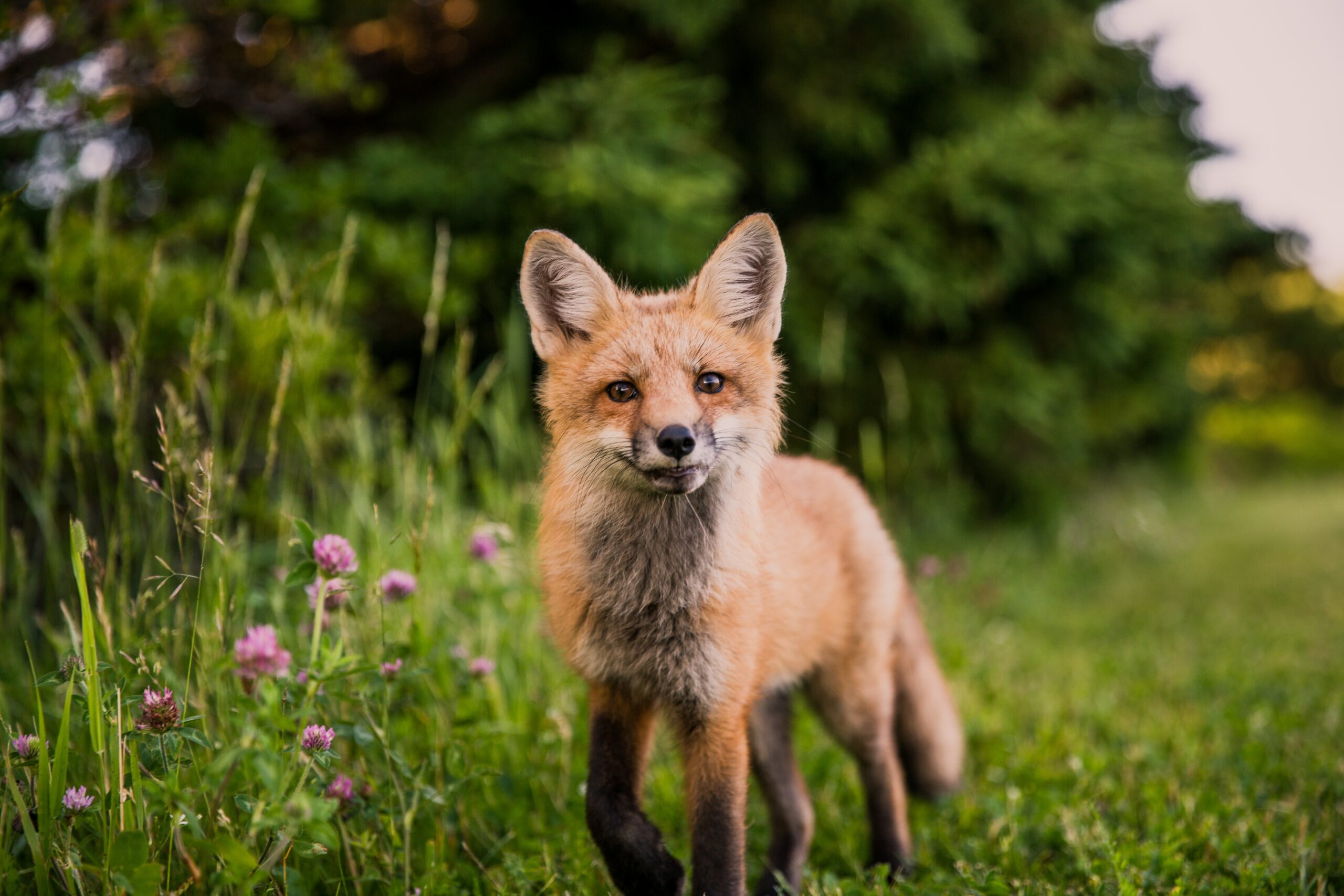Foxes are cunning canines that are renowned for their beautiful fur coats and crafty ways of escape. These beautiful furry creatures belong to the Animal Kingdom’s class Mammalia and the order Carnivora.
Known for their agility, intelligence, and striking appearance, foxes are truly remarkable animals. Let’s track their craftiness while exploring their various species, diets, reproductive habits, lifespan, and unique traits. So, let’s embark on an exciting journey to discover more about these cunning canines!
Foxes comprise a diverse group of species, with a total of 37 recognized types scattered across different regions of the world. Here is a glance into some of the more common and popular foxes:
Foxes are truly captivating creatures that have captured the intrigue of people worldwide. From their striking physical characteristics to their diverse adaptations and unique behaviors, these cunning canines continue to amaze us.
As we explore the fascinating world of foxes, we gain a deeper appreciation for the remarkable diversity of life that exists within our natural world. So, let us cherish these enchanting creatures and strive to protect their habitats, ensuring the survival of these cunning and charismatic members of the animal kingdom.






























































